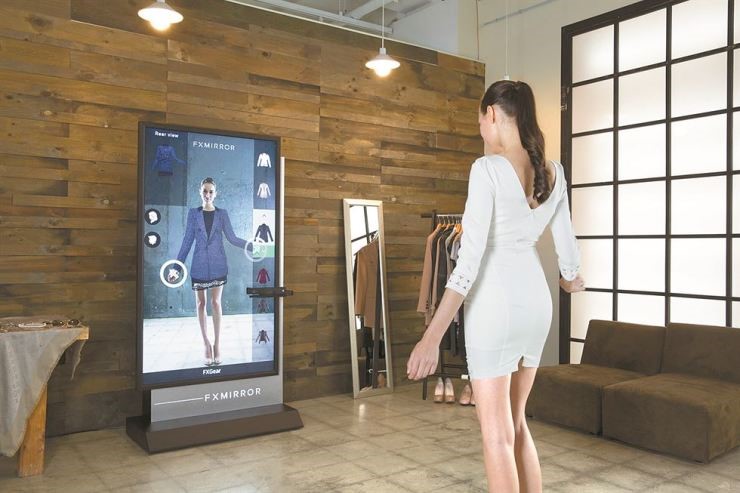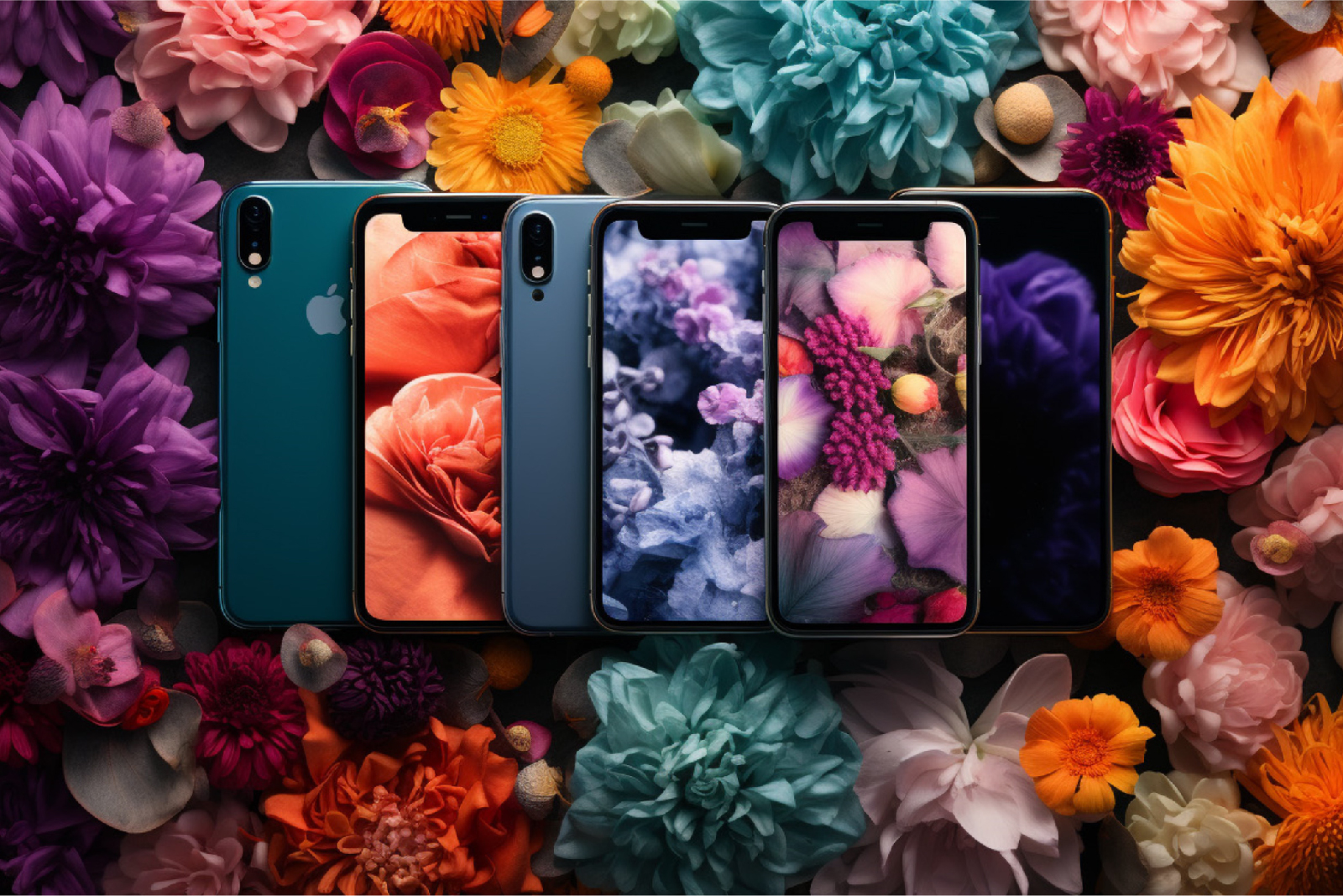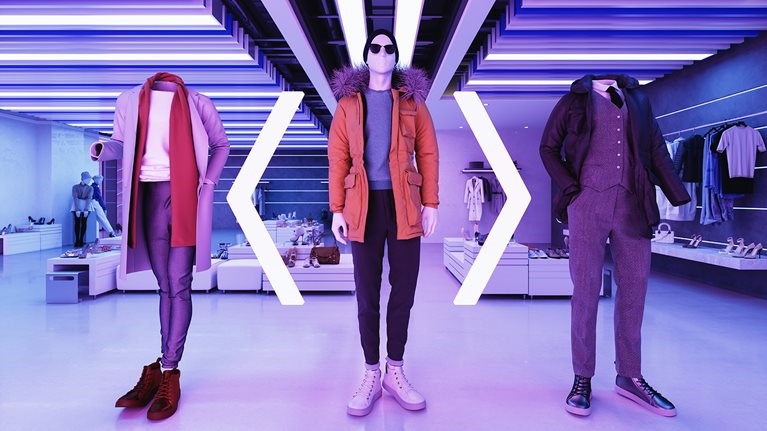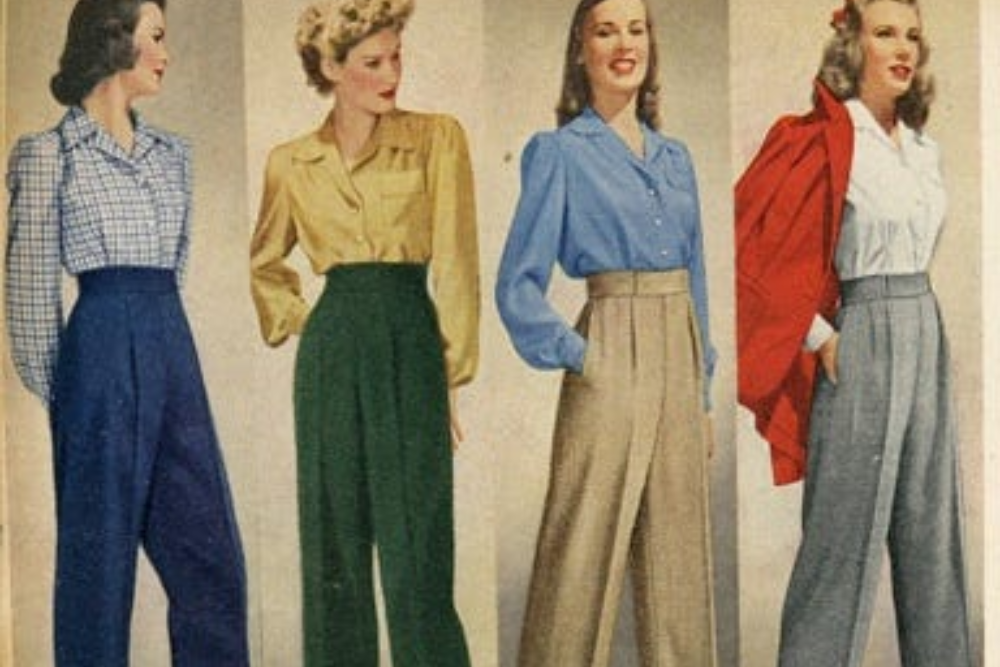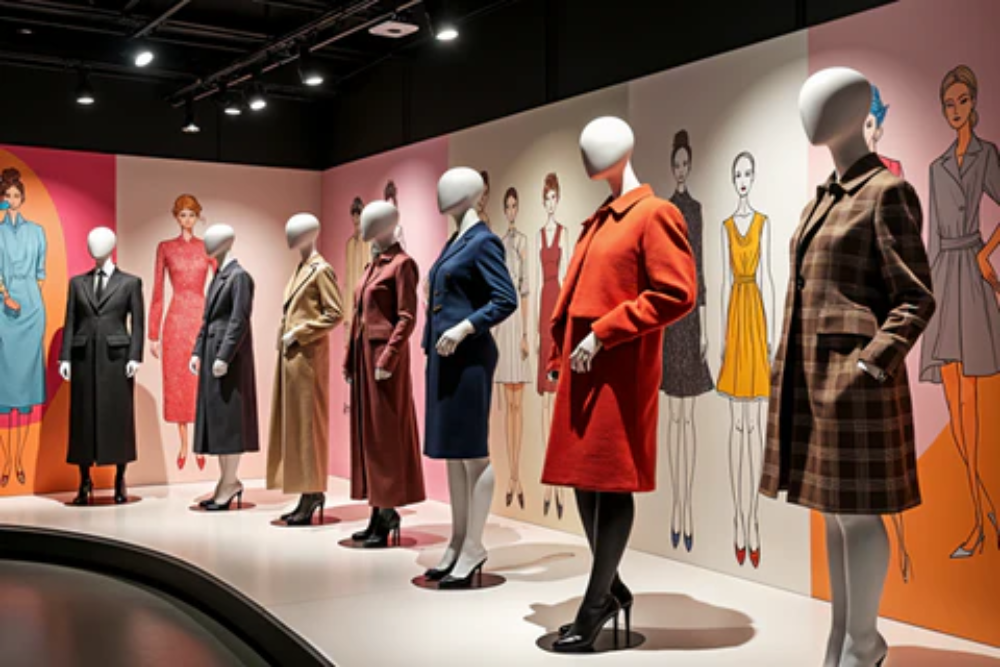Introduction
The evolution of online shopping has introduced innovative solutions to bridge the gap between physical and digital retail experiences. One such advancement is the virtual fitting room (VFR), a technology that allows consumers to try on clothing virtually, enhancing their shopping experience and reducing the uncertainty associated with online apparel purchases.
Understanding Virtual Fitting Rooms
A virtual fitting room is a digital platform that enables customers to visualize how clothing items will look and fit on their bodies without physically trying them on. By leveraging technologies like augmented reality (AR), artificial intelligence (AI), and 3D modeling, VFRs create a realistic representation of how garments will appear on a user’s avatar or live image.
Core Technologies Behind Virtual Fitting Rooms
- Augmented Reality (AR): AR overlays digital images of clothing onto a live video feed of the shopper. This allows users to see how an item will look on them in real-time, providing an interactive and immersive experience.
- Artificial Intelligence (AI): AI algorithms analyze a user’s body measurements and compare them with garment dimensions to recommend the best fit. Machine learning models continuously improve the accuracy of these recommendations based on user interactions and feedback.
- 3D Body Scanning: This technology captures precise measurements of a user’s body to create a detailed 3D model. The model serves as a digital avatar that can try on various clothing items, offering a personalized fitting experience.
- Fabric Simulation: Advanced simulations model how different fabrics behave, including their stretch, drape, and movement. This ensures that virtual garments mimic the real-world appearance and feel of the actual clothing.
How Virtual Fitting Rooms Operate
The process begins when a user accesses a virtual fitting room platform, either through a retailer’s website or a dedicated app. The user is prompted to input their body measurements or use a camera to capture their dimensions. Some platforms utilize depth-sensing technology to create an accurate 3D model of the user.
Once the user’s model is created, they can browse through a digital catalog of clothing items. By selecting an item, the platform overlays the garment onto the user’s avatar, adjusting for size, fit, and movement. Users can rotate their avatars, zoom in on details, and even simulate walking or sitting to see how the clothing behaves in different scenarios.
Benefits of Virtual Fitting Rooms
- Enhanced Shopping Experience: VFRs provide a more engaging and interactive shopping experience, allowing customers to make more informed purchasing decisions.
- Reduced Return Rates: By offering a more accurate representation of how clothing will fit, VFRs help reduce the likelihood of returns due to size or fit issues.
- Increased Sales Conversion: Shoppers are more likely to complete a purchase when they can visualize how an item will look on them, leading to higher sales conversion rates.
- Personalized Recommendations: AI-driven platforms can offer personalized clothing suggestions based on a user’s body type, style preferences, and past purchases.
- Sustainability: By reducing the need for physical samples and returns, VFRs contribute to a more sustainable retail model by minimizing waste and carbon footprint.
Challenges and Limitations
Despite their advantages, virtual fitting rooms face several challenges:
- Accuracy: Ensuring that virtual garments accurately reflect how they will look and fit in real life remains a technical hurdle.
- User Adoption: Some customers may be hesitant to adopt new technologies, especially if they are unfamiliar with how virtual fitting rooms work.
- Data Privacy: Collecting and storing personal body measurements raises concerns about data privacy and security.
- Technology Requirements: High-quality virtual fitting experiences often require advanced hardware and software, which may not be accessible to all users.
The Future of Virtual Fitting Rooms
As technology continues to advance, the capabilities of virtual fitting rooms are expected to improve. Future developments may include:
- Integration with Virtual Reality (VR): Combining VFRs with VR technology could offer a fully immersive shopping experience, allowing users to browse virtual stores and try on clothing in a 3D environment.
- Enhanced Personalization: AI and machine learning models will become more sophisticated, providing even more accurate fit recommendations and personalized styling advice.
- Cross-Platform Compatibility: Virtual fitting rooms may become more widely accessible across different devices and platforms, including smartphones, tablets, and smart mirrors.
- Collaborations with Fashion Designers: Retailers may collaborate with designers to create exclusive virtual collections, offering unique items that can only be experienced digitally.

